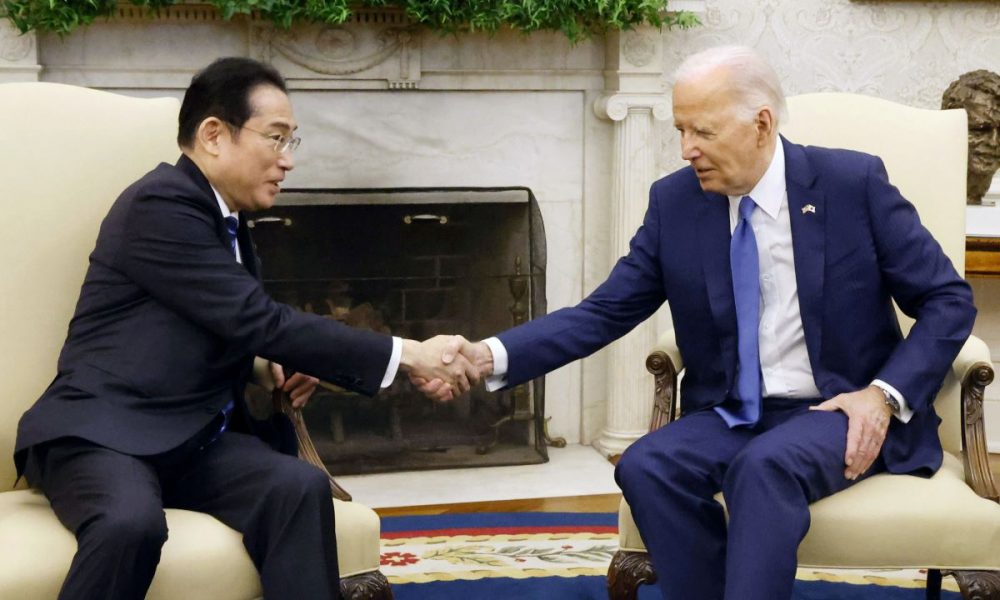
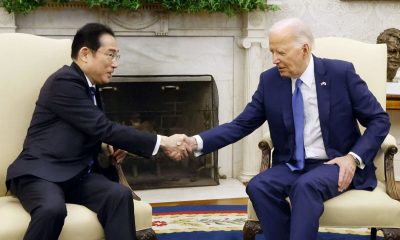

That Japan could be drawn into US wars is a sorely mistaken view. Kishida showed how China, Russia, and North Korea are greater threats to Japan...
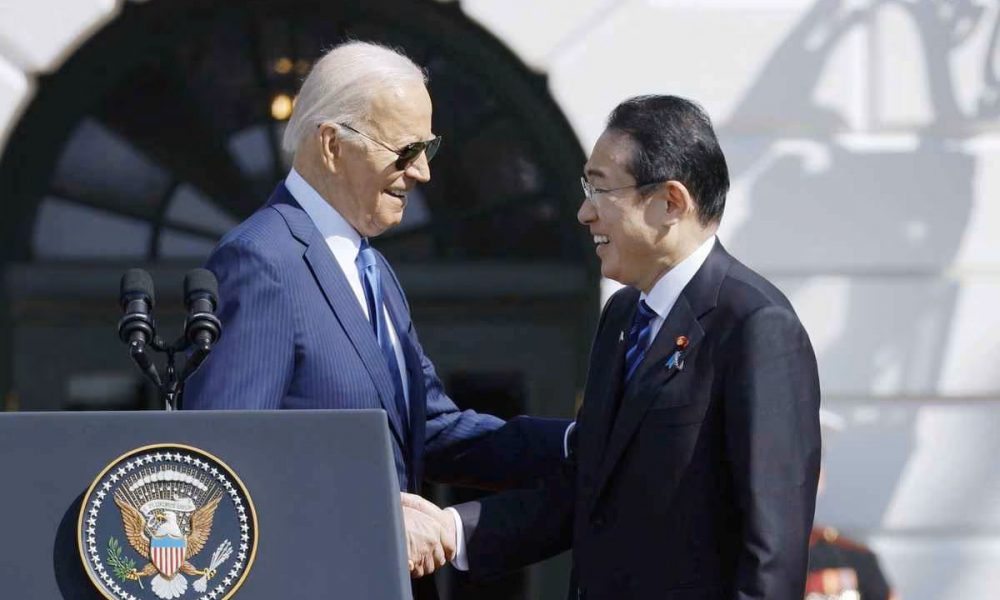
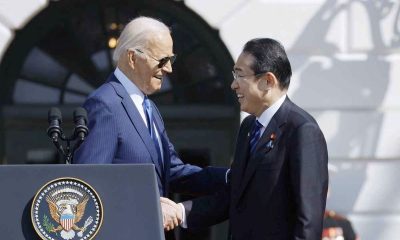

Despite often not being given due credit, Prime Minister Kishida and his administration have realized several transformative economic and security reforms.
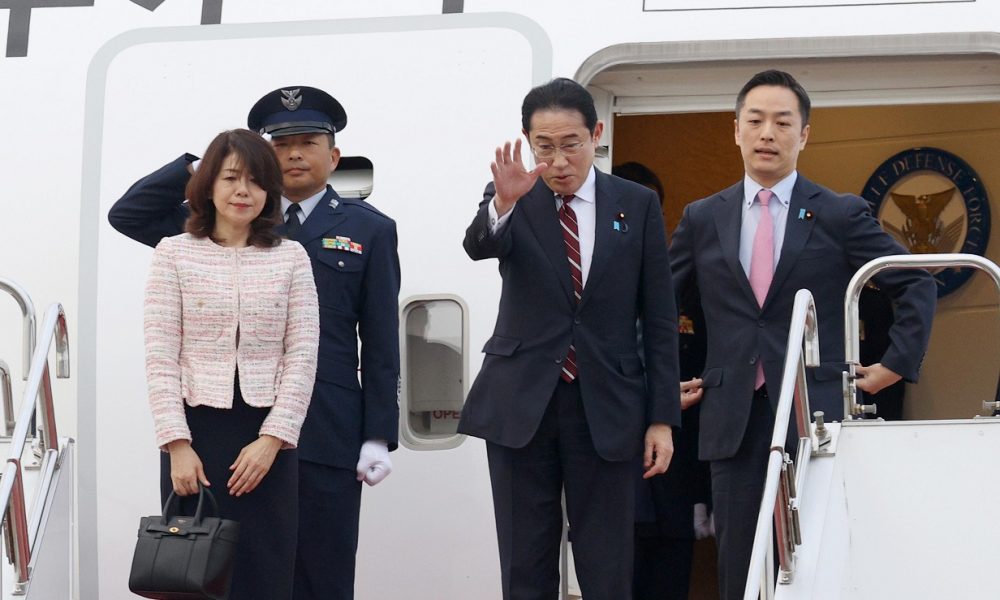
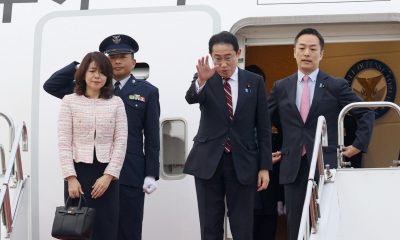

In an exclusive interview as PM Kishida heads to Washington, Noriyuki Shikata, Cabinet Secretary for Public Affairs shares key themes and takeaways to look for.
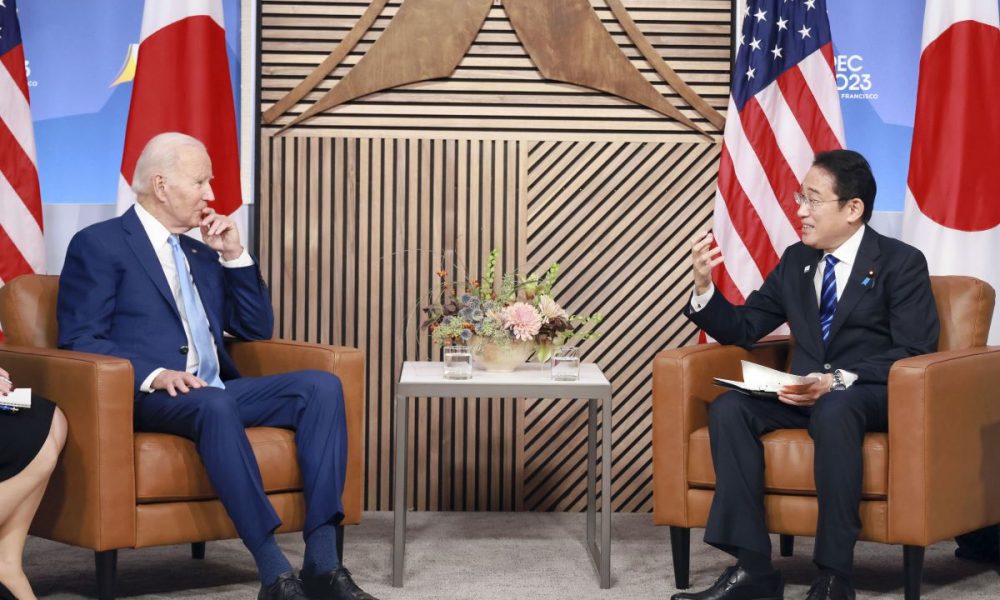
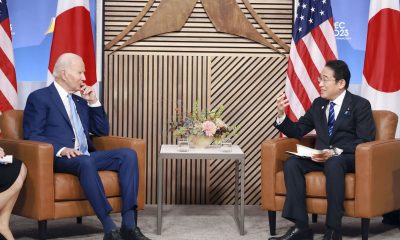

When there's talk of a restructuring US-Japan force coordination, it conjures up images of a joint headquarters focused on defending Japan. What can we expect?
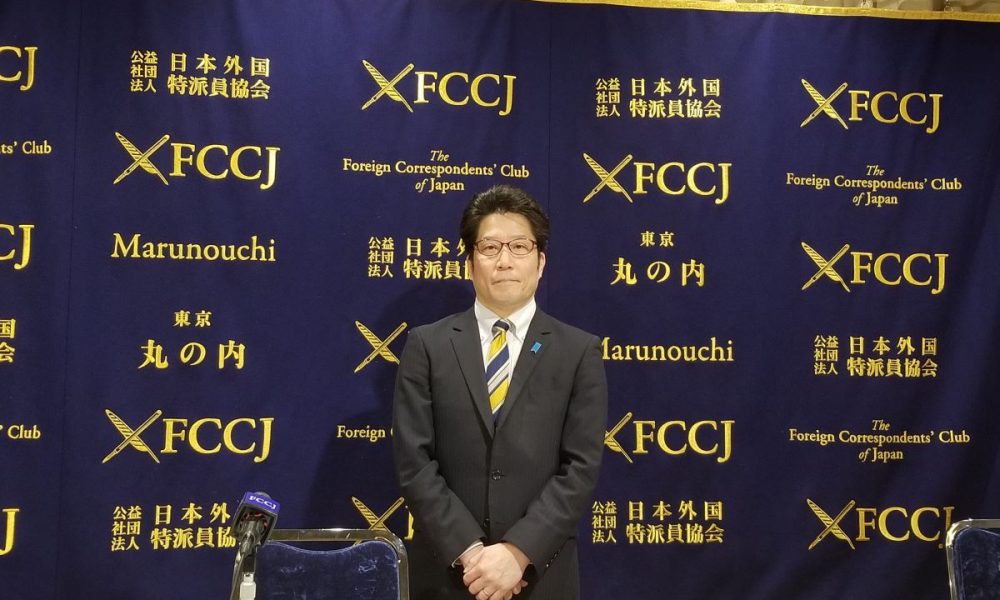
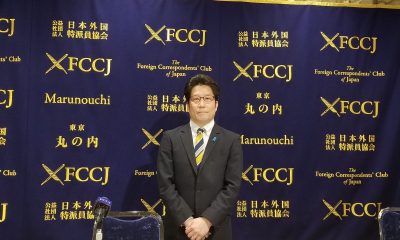

At a press conference amid North Korean signals and buildup for the Japan-US Summit, Takuya Yokota discusses hopes for bringing home the abductions victims.
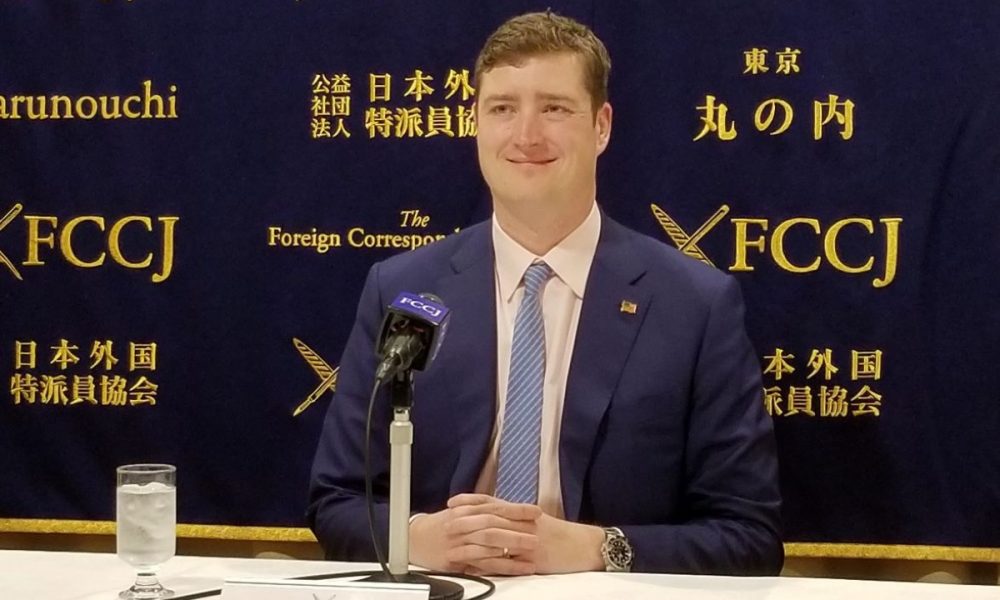
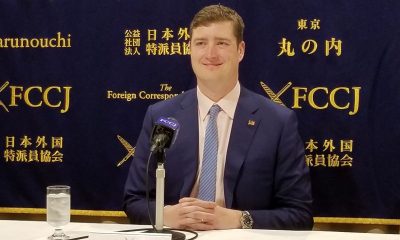

In a year of successive global elections, many in Japan wonder how they would fare under Trump 2.0. A one-time advisor to the former president speaks...
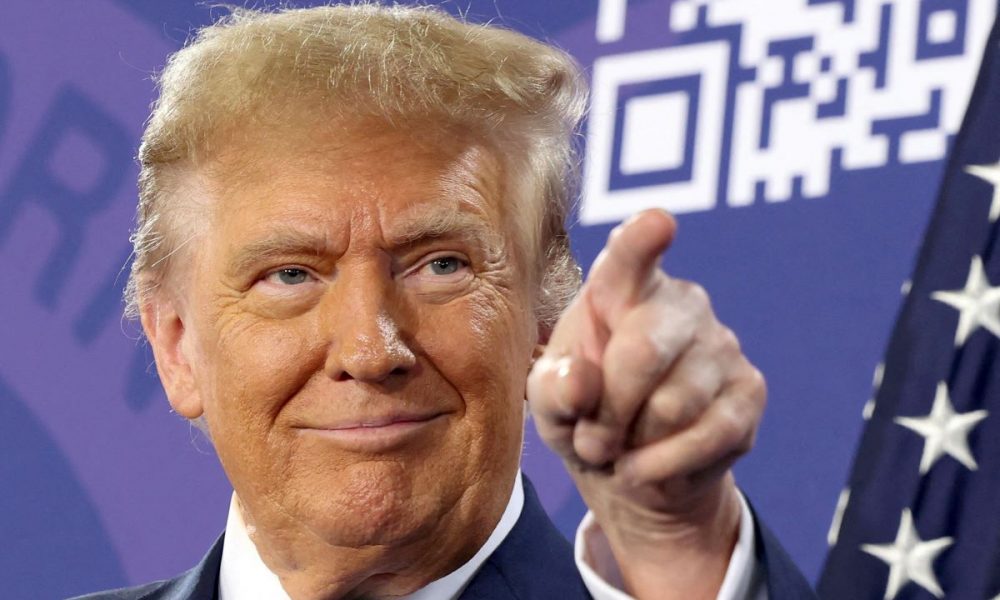
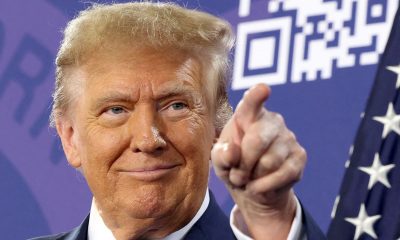

Debunking rumors, a written foreign policy paper of a think tank close to the Trump campaign sheds light on what a second term would mean for...
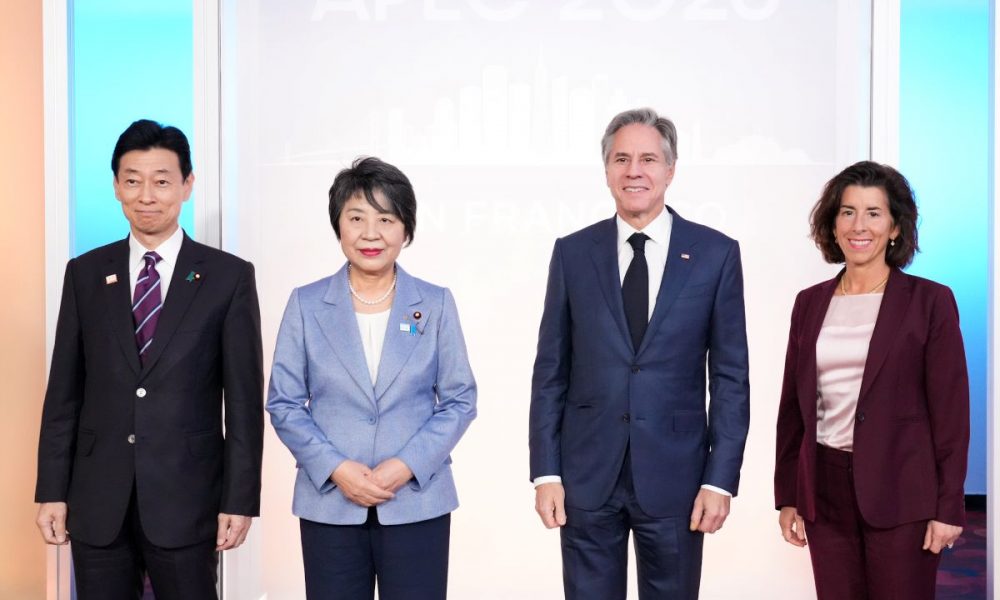
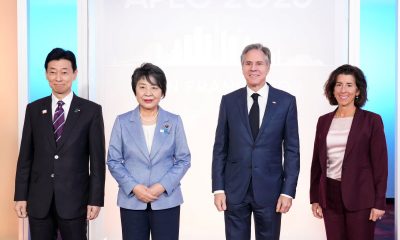

The United States and Japan held their second Economic 2+2 meeting while continuing to evaluate technology-related supply chain cooperation amid challenges.
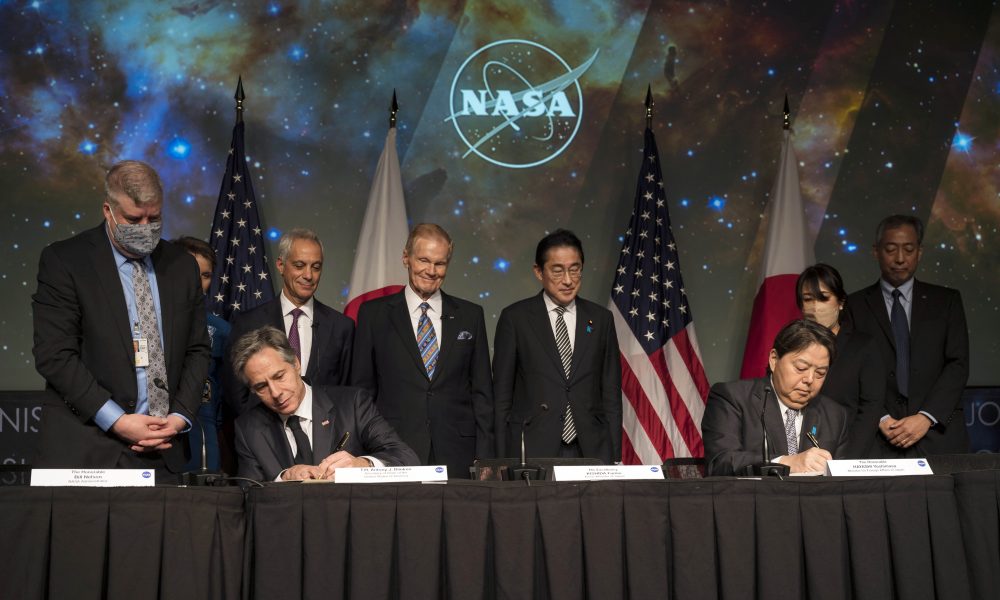
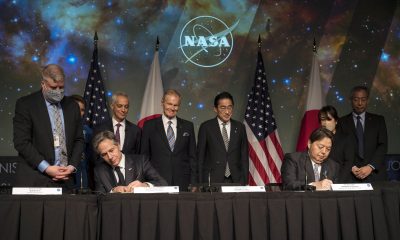

Fumio Kishida finished his tour of G7 countries with a colorful climax at the headquarters of the space mission, despite President Biden's domestic problems.
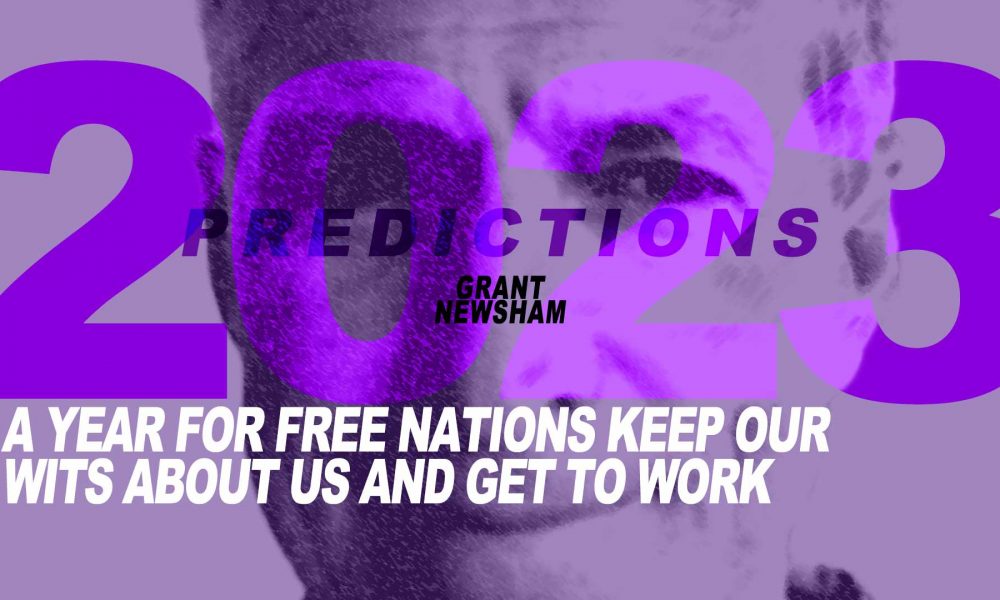
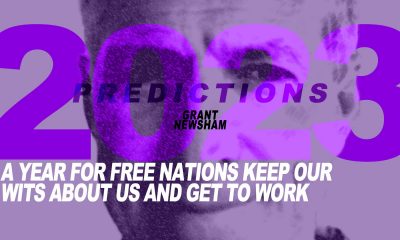

Predictions on when, and how bad the trouble is the harder part. But what happens in the next few years will determine what historians write about...
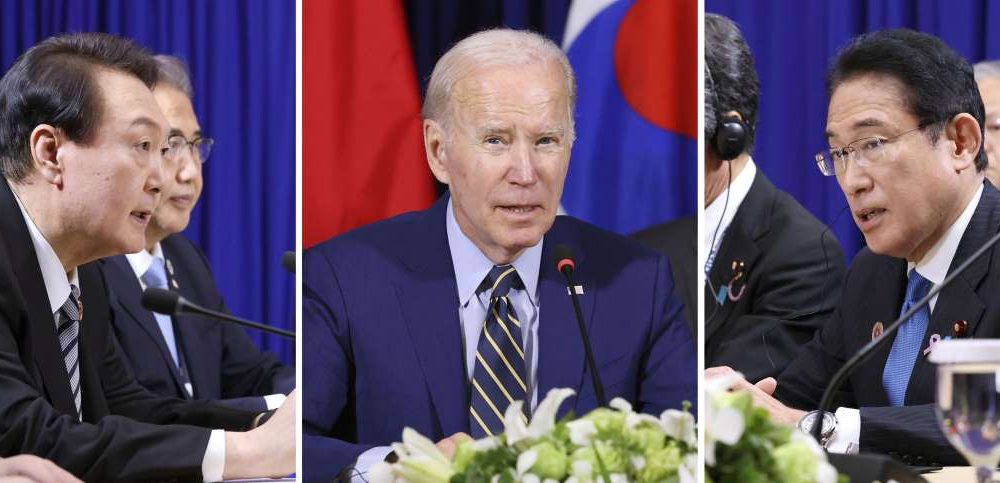
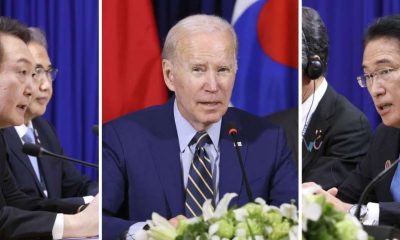

Establishing a trilateral economic security dialogue on supply chains in the Japan-US-South Korea summit talks impacts semiconductors, a priority of China.
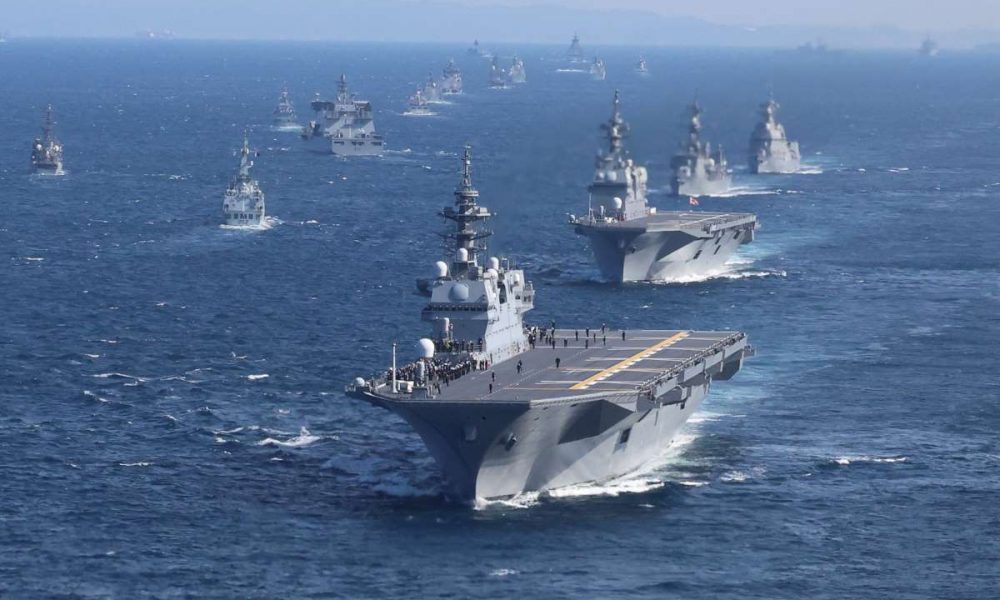
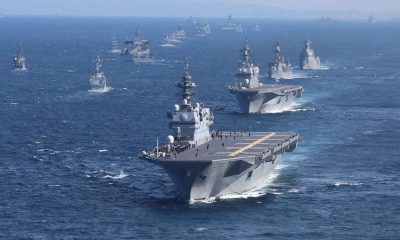

Japan and its partners can only meet the accelerating significant challenges to a rules-based order posed by North Korea and China by strengthening deterrence.